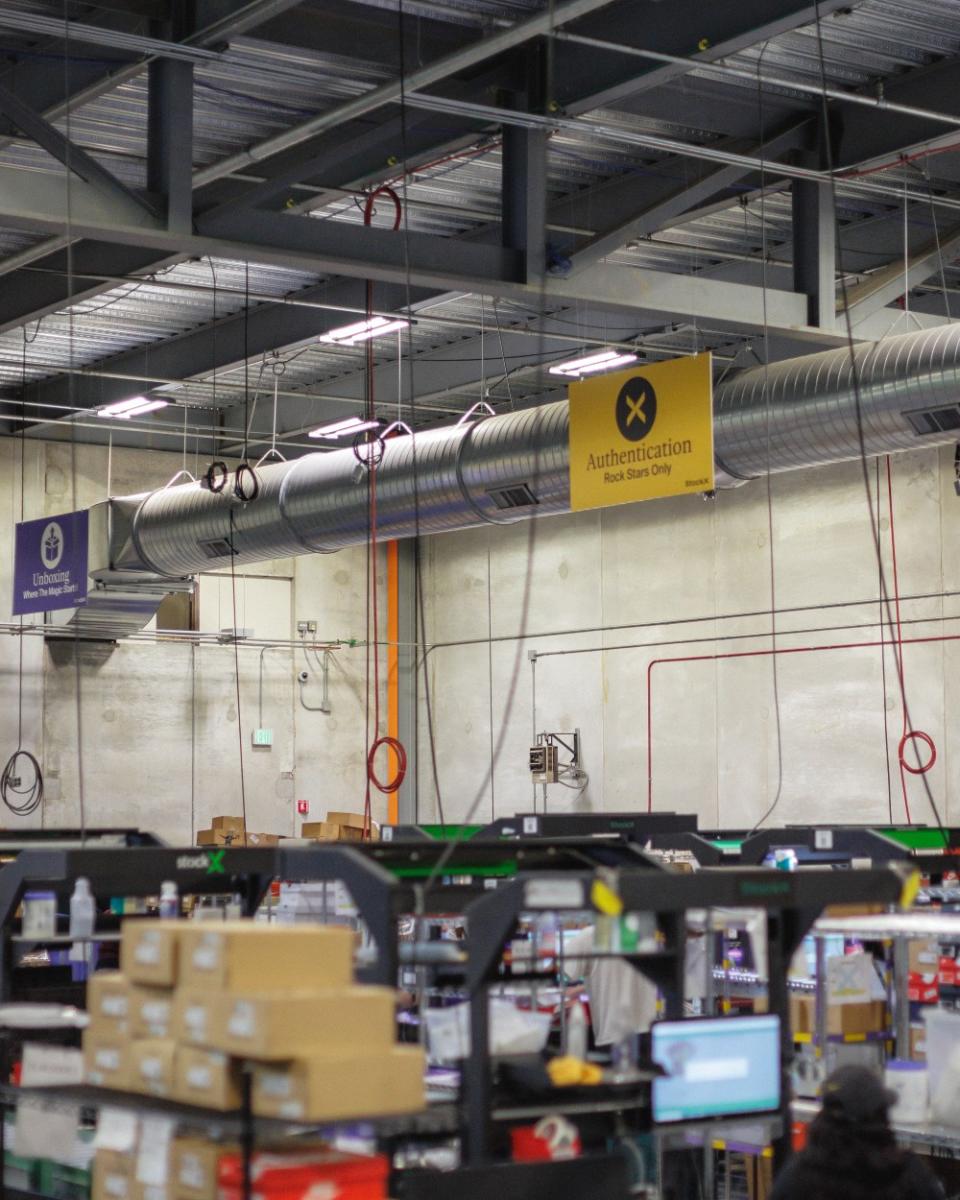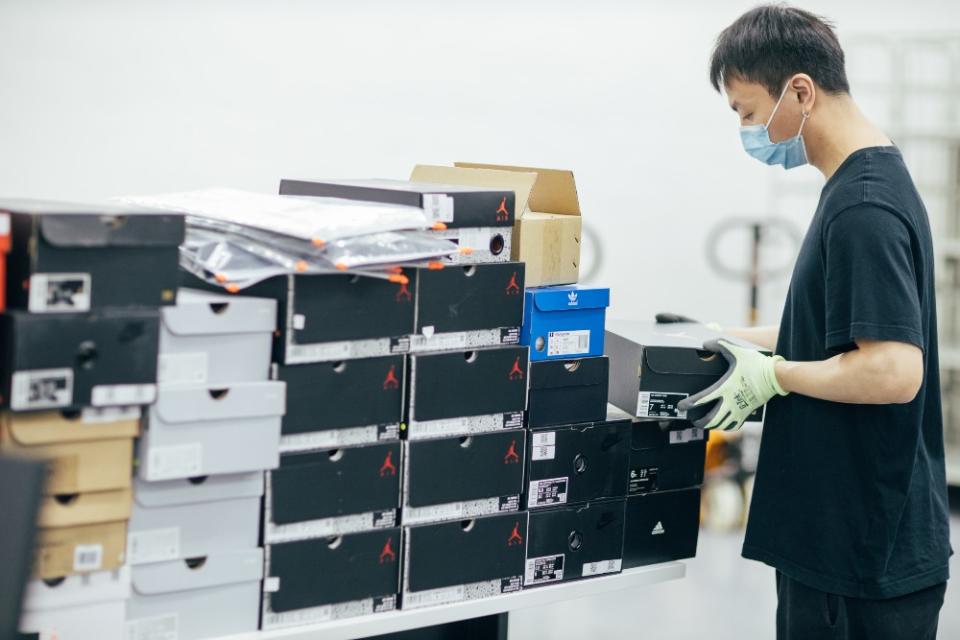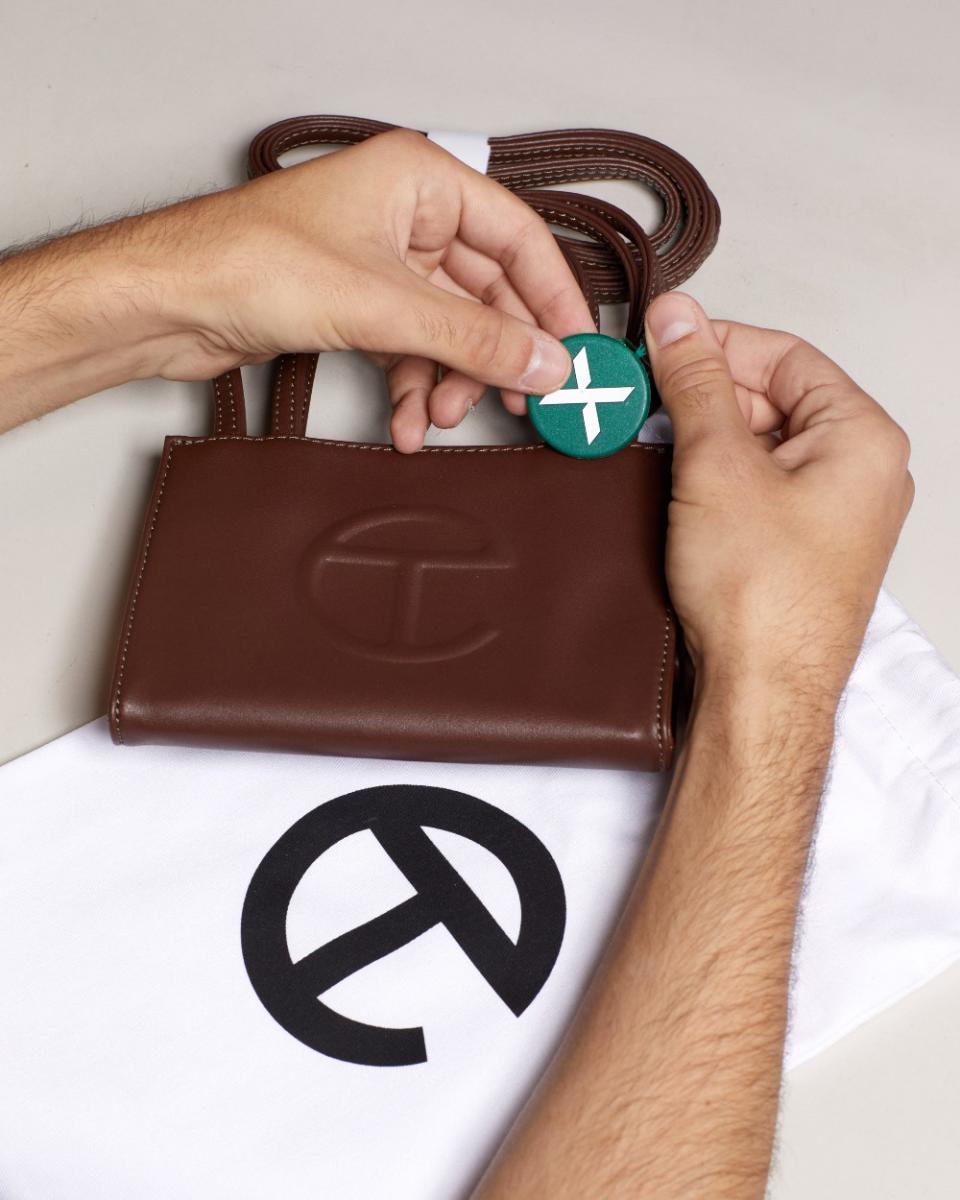StockX Opens Three New Authentication Centers

StockX is investing heavily in fighting fakes on its platform, opening three international authentication centers over the course of the past 12 months.
New Berlin, Tokyo and Mexico City facilities will add an additional 180,000 square feet to the company’s global authentication footprint, which includes 13 centers and four retail drop-off locations worldwide across Europe, Asia, the North America and Australia, according to the streetwear and luxury goods marketplace’s latest internal data. Dropped just in time for World Anticounterfeiting Day on June 9, StockX’s Verification Report details the company’s efforts to hit back at bad actors peddling luxury goods and streetwear dupes through the web-based platform.
More from Sourcing Journal
“We physically inspected 12 million products in the last year,” Paul Foley, StockX head of brand protection, told Sourcing Journal, and the brand stopped 300,000 of them from making their way onto the marketplace, consistent with the year prior. StockX rejected $90 million worth of products that did not meet its verification standards last year, $30 million of which were sneakers suspected to be fake.

The market for counterfeit and illicit products has grown to $500 billion worldwide, according to the Organization for Economic Cooperation and Development—and criminals are becoming more prolific and more advanced each year, Foley said. The shift has necessitated an expansion of the company’s use of machine learning technology, which helps StockX assess a product’s risk level. On the brand side, more labels are investing in embedded technologies that communicate data to consumers and authenticators.
“The three categories that have come the furthest from a technology perspective are electronics, handbags and sneakers,” Foley said, while streetwear, and apparel more broadly, lag behind. Many fashion firms have implemented RFID, primarily used for inventory tracking, and QR codes, which can be leveraged by verification services and consumers. Shoppers are well-versed in using these tools, the brand protection lead said. “We’ve all been trained going through the pandemic about scanning QR codes,” which were used frequently in restaurants to direct patrons to digital menus. Now they can point them toward product information housed online.
“The latest extension of that is tapping your phone on an NFC chip within a product or within the packaging,” Foley said. Near-field communication chips are more costly for brands to leverage, ranging from about $0.10 to $0.20 per unit, compared to QR codes, which cost sometimes less than one cent. But the technology, which is employed in items like hotel key cards, is extremely secure and more difficult for fraudsters to replicate, he explained.
“Most big brands are using some technology,” but these embedded chips and codes aren’t the only tools the company is using to detect dupes and unsalable goods. All items that pass through StockX authentication centers are visually assessed for wear or damage. Machine learning helps employees quickly identify high-risk sellers based on their networks and selling behaviors, prompting them to take a closer look.

Notably, “manufacturing defects” topped the company’s list of reasons for rejection this past year, with 27 percent of products sent back to sellers based on quality issues, while 20 percent were blocked for being outright fakes. The defected goods could indeed be counterfeits, Foley said, or, they could have passed through a brand’s own quality control systems despite presenting flaws.
The most commonly counterfeited items that made their way to StockX authentication centers included footwear, streetwear and handbags. The Nike Dunk Low Retro in White-Black Panda topped the sneaker list for the second year in a row, followed by the Adidas Yeezy Slide in Onyx, Jordan 1 Retro Low OG SP Travis Scott Reverse in Mocha, Jordan 1 Retro High in Dark Mocha, and Adidas Yeezy Slide in Pure. In recent weeks, the marketplace has seen an uptick in the sale of Yeezy styles given Adidas’ decision to release the product to market following its split from creator Kanye West, Foley said. Notably, Air Jordan 1s did not appear on the list, though StockX is currently embroiled in a lawsuit with Nike, which claims that the web resale platform resold 38 fake pairs of the sneaker to the same consumer last spring and summer.

Fear of God hoodies ranked highest on the list of duped apparel, while a Juice Wrld x Vlone T-shirt was also commonly copied. Meanwhile, Telfar’s medium black shopping bag, Goyard’s Saint Sulpice Green in canvas and calfskin and Prada’s Re-Edition black nylon shoulder bag rose to the top of the list for counterfeited handbags. The Telfar and Prada styles also took the No. 1 and No. 3 spots on last year’s list.
With certain brands and styles so consistently counterfeited, Foley believes “Brands and marketplaces have to have to cooperate in this space.” “We have really good intelligence, they have really good intelligence, so if we want to share intelligence to go after bad actors that are trying to dupe consumers, that’s what I look forward to in the future.”

